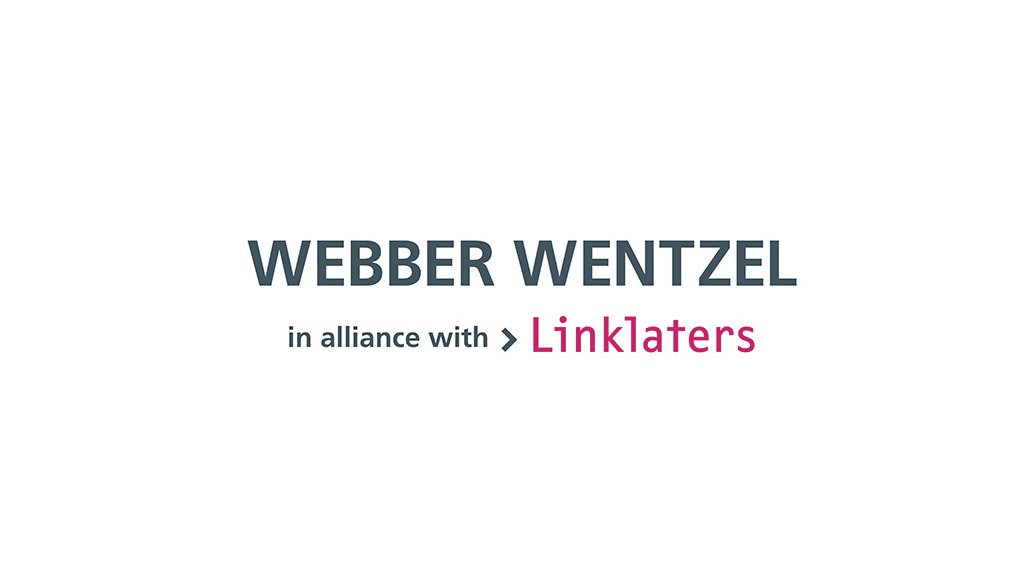The Chief Inspector of Mines has issued an updated guideline outlining considerations that mines should incorporate into Mandatory Codes of Practice to tackle the health and safety concerns that women have faced from using PPE designed for men.
On 28 July 2023, the Chief Inspector of Mines introduced a new Guideline for a Mandatory Code of Practice (COP) for the Selection and Provision of Personal Protective Equipment (PPE) for Women in the South African Mining Industry (2023 Guideline). While the 2023 Guideline retains the core elements of the version first published in 2015 under section 49(6) of the Mine Health and Safety Act (MHSA), the new guideline seeks to address the very real body issues faced by Women in Mining (WIM). In previously male-centric work environments, the impact that PPE has on menstrual health as well as women's dignity is a much-skirted topic.
The 2023 Guideline recognises the importance of addressing women's unique health and safety concerns around work attire, particularly ill-fitting PPE designed for male proportions, which can impact their comfort, mobility, and well-being in the mining industry.
The objective of the guideline is to provide a framework within which all South African mines must compile and implement a mandatory code of practice addressing the provision of PPE for WIM. It should take into account the unique health and safety concerns faced by women in various work roles, from underground miners to engineers and managers. The 2023 Guideline expands the scope beyond the provision of PPE and now provides guidelines on the selection of PPE as well.
The 2023 Guideline introduces an important emphasis on the establishment of WIM structures at mine sites. These structures must reflect technical, professional, and managerial demographics, ensuring that women in various roles are included. This will foster a more inclusive approach to addressing gender-related issues related to occupational health and safety and PPE.
A significant addition in the 2023 Guideline is a summary of the SIMRAC Research Project SIM 10 09 04, which identified safety concerns related to PPE use for WIM. The research project revealed that female mineworkers have often encountered challenges related to using the bathroom or changing their sanitary products while wearing standard issue PPE. Ill-fitting PPE, such as overalls designed to male proportions, can be cumbersome to remove, making it difficult for women to address their sanitary needs. The research project found that this resulted in many women avoiding going to the bathroom or drinking water while on site. The health risks associated with dehydration (especially in high heat environments), ignoring the urge to urinate, and prolonged gaps between changing sanitary products can drastically affect the health, safety, and comfort of WIM.
Building on the findings of the SIMRAC research, the 2023 Guideline emphasises the need for greater consultation with female employees before selecting and procuring PPE to ensure that the selected protective equipment is suitable for WIM, considering their anatomical and physiological attributes. For example, it may be appropriate to give women the option to wear a two-piece overall, depending on the working environment. There is also a possible link between certain types of PPE used by women and an increased vulnerability to skin conditions such as contact dermatitis, chafing, rashes, and infections. The research highlighted the health and safety risks associated with the coping mechanisms that women developed in response to wearing ill-fitting PPE designed and sized for men, such as lesions from wearing thick woollen socks to improve the fit of large safety boots.
The SIMRAC research places significant emphasis on the need for adequate sanitary amenities at mine sites. Historically, mining facilities lacked separate toilet facilities for women. However, the increased presence of women in mining has highlighted the importance of dedicated and private female toilets, not only to attend to women’s sanitary needs but also to guard against gender-based harassment and associated safety concerns.
The updated guideline recommends providing additional separate toilets per work section to ensure privacy, protection, and dignity for female mineworkers. Such toilets should be equipped with sanitary bins that are regularly emptied to dispose of sanitary products. Proper waste management in these facilities ensures hygiene and reduces health risks for WIM. In addition, facilities should be equipped with toilet paper and hand washing facilities. Access to clean water is crucial in reducing the risk of infections, particularly for those who are menstruating. Well-lit areas surrounding toilets ensure safety for women users, especially during night shifts or in underground environments.
To improve the provision of appropriate PPE for WIM, the 2023 Guideline advocates an approach towards selecting and providing PPE that considers ergonomics and comfort, taking into account the dimensions and individual attributes of female workers. A woman's body should not be a barrier to her career in mining. Sourcing PPE from manufacturers and suppliers that accommodates the broad range of sizes and designs that better suit the female anatomy is best done in consultation with WIM.
Employers in the mining sector should review their COP for the provision of PPE for women to update it with the more detailed framework provided in the 2023 Guideline. By addressing the challenges identified during the implementation of the 2015 Guideline, this updated version represents a positive step towards progress and gender equality in the industry, fostering a safer and more inclusive work environment for WIM.
Written by Kate Collier, Partner at Webber Wentzel
EMAIL THIS ARTICLE SAVE THIS ARTICLE ARTICLE ENQUIRY
To subscribe email subscriptions@creamermedia.co.za or click here
To advertise email advertising@creamermedia.co.za or click here











